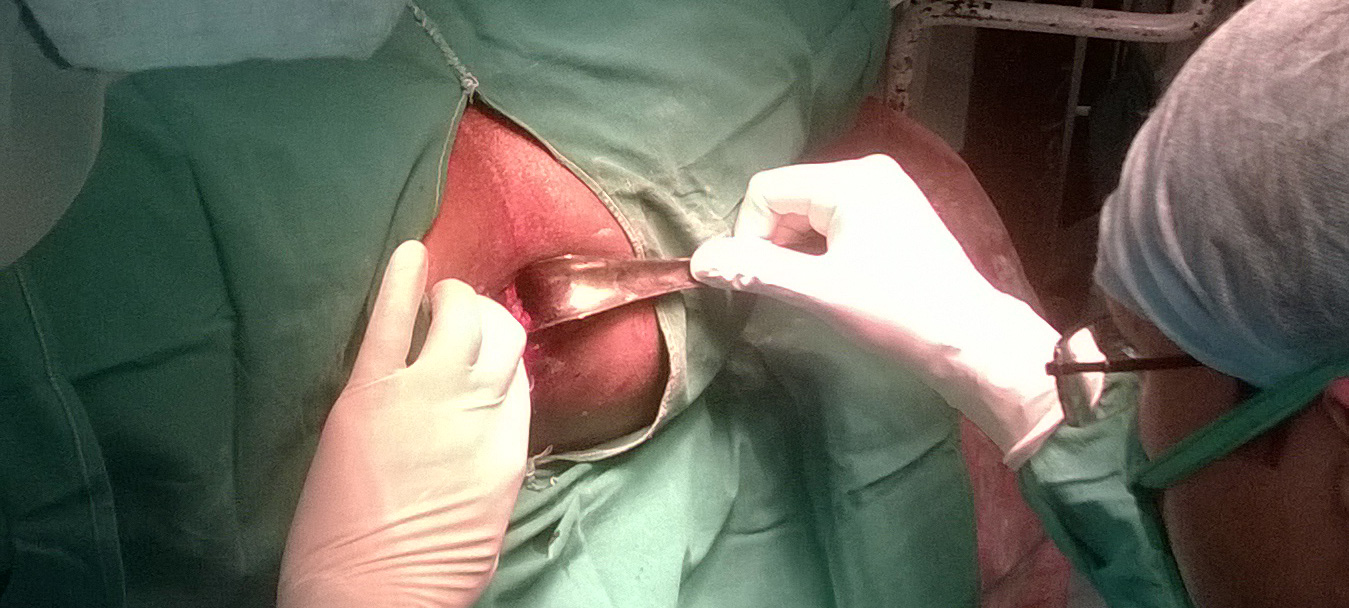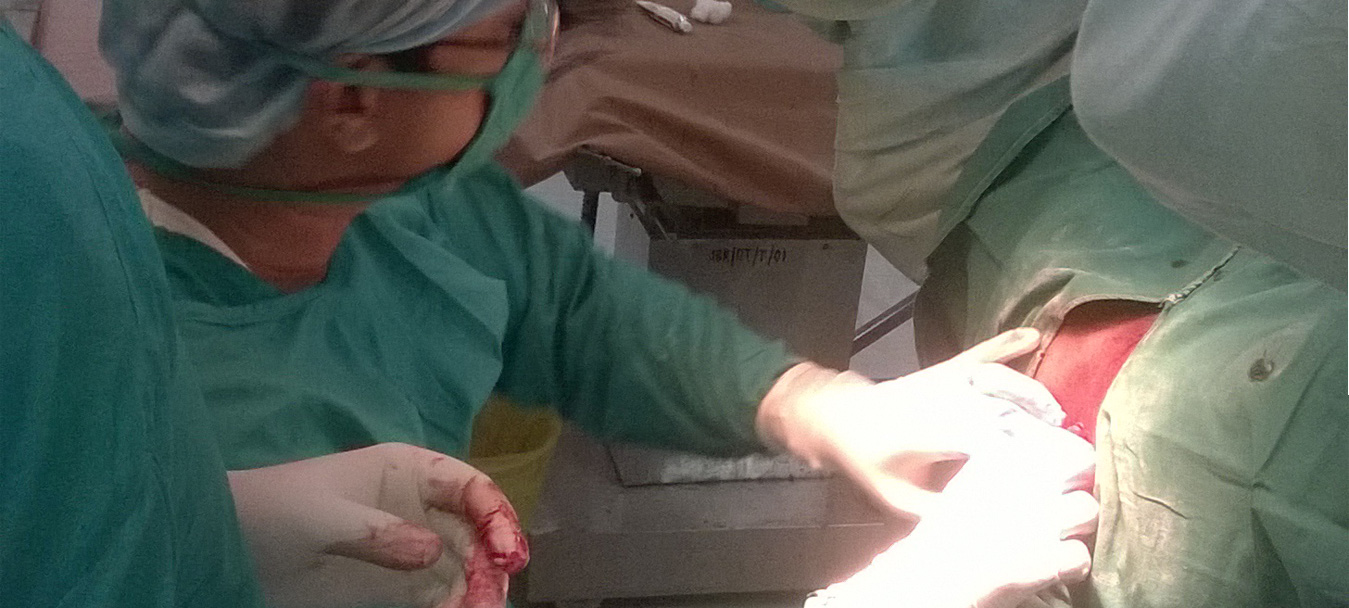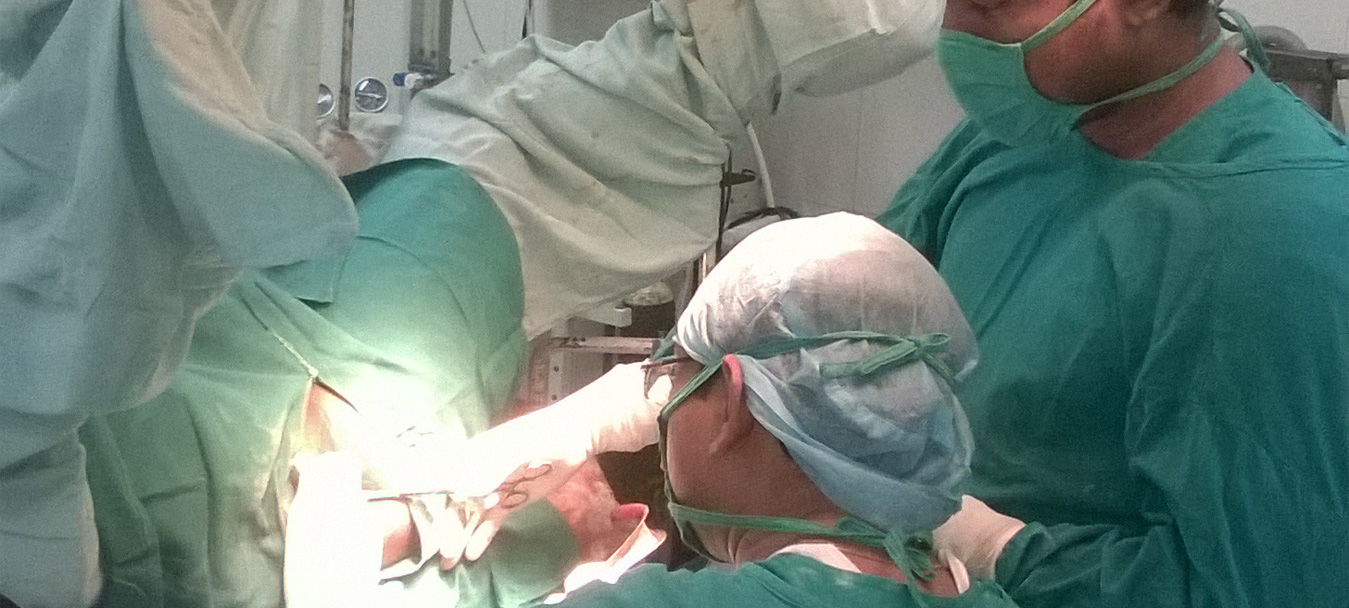Anal Fistula (Fistula-in-ano) |
| |
| An anal fistula is a small channel that can develop between the anal canal and the skin
near the anus. |
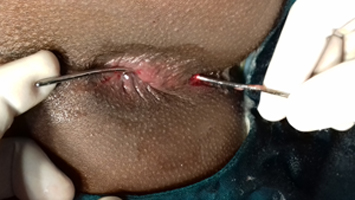 |
| |
What are the symptoms of Anal fistula? |
| |
| |
- Recurrent swelling, redness and pain in buttock or around the anus
- Chronic discharging perianal sinus.
|
|
| |
What causes Anal fistula? |
| |
| |
- Not maintaining local hygiene.
- Abscess in buttock and/or around the anus.
- Long standing fissure.
- Tuberculosis.
- AIDS.
- Crohn’s disease.
|
|
| |
When to Consult a Doctor |
| |
| |
- As soon as there is any evidence of formation of abscess in buttock or perianal regions.
- One should consult a surgeon even the abscess bursts spontaneously draining pus and blood. In this condition there is a possibility of development of fistula in later date.
|
|
| |
Why Ayurvedic treatment ? |
| |
| |
- Treated with ksharasutra.
- Very less incidence of recurrence.
- Least chance of post operative stool incontinence.
- Minimal invasive surgery.
- Minimum blood loss.
- Cutting of tract and its healing goes on simultaneously.
- Can be performed in elderly patients.
- Can be performed in diabetic patients.
- Less hospital stay.
- Patient can continue normal life after a sitting of Ksharasutra change.
|
|
| |
| |
|
Piles / Haemorrhoids |
| |
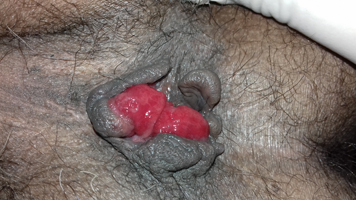 |
| Haemorrhoids, also known as piles are swellings containing swollen blood vessels in and around anus and lower rectum. They may or may not bleed. They are painless until become complicated. There are various treatment options for piles. |
| |
What forms haemorrhoids ? |
| |
| Haemorrhoids are cushions of submucosal tissue (anal lining) which contains small blood vessels and muscle fibres of anal canal. Haemorrhoids are normal part of anorectal anatomy and they help in complete closure of anal canal at rest. Treatment is required only when they are symptomatic. |
| |
Why do piles occur ? |
| |
| |
- Long standing constipation.
- Long standing diarrhea.
- Pregnancy.
- Repeated infection of the anal lining.
- Fibre-deficient diet.
- Persistent straining when passing of stool and urine.
- Cancer of rectum.
- Anal intercourse.
- Ageing
- Hereditary
|
|
| |
When to consult a doctor ? |
| |
| |
- Bright-red bleeding during or after passing stool.
- Mostly painless; often painful, when complicated.
- Lump is felt in and around the anus.
- Discharge of mucus.
- Irritation and itching in the anus area.
- Sense of fullness in the anus
- Feeling of incomplete emptying of bowel
|
|
| |
Why Ayurveda ? |
| |
| |
- Wide range of time-tested treatment options like medicine, Ksharakarma (alkali cauterization), agnikarma (thermal cauterization), surgery with Ksharasutra etc.
- Minimum adverse effect.
- Minimum blood loss during surgery.
- Suitable for elderly patients.
- Less chance of recurrence.
|
|
| |
| |
|
Anal Fissure (Fissure-in-ano) |
| |
| An anal fissure is a tear or open sore at the terminal part of anal lining. It is a very painful condition. In most of the cases the fissure heals within two weeks with conservative management but in some cases it persists for more than six weeks which requires surgery. |
|
| |
What causes anal fissure ? |
| |
| |
- Passage of hard stool.
- Childbirth in females.
- Intestinal diseases like ulcerative colitis, Crohn’s disease.
- Sexually transmitted diseases like AIDS, syphilis.
- Sequel of tuberculosis, leukemia.
- Anal intercourse.
|
|
| |
When to consult a doctor ? |
| |
| |
- Pain and burning sensation in anus on passing stool.
- Intense painful anal spasm lasting for several hours after passing stool.
- Streaks of blood on stool or bright-red bleeding.
- Hanging of skin outside the tear line (sentinel pile).
|
|
| |
Why Ayurveda ? |
| |
| |
- Wide range of effective medicinal management.
- Various Modalities of surgical management.
|
|
| |
| |
|
Pilo Nidal Sinus |
| |
| Pilus stands for hair and nidus means nest. Pilonidal sinus is a small hole, tunnel or abscess under the skin containing hair. It usually develops at the top of the cleft of the buttocks, where the buttocks separate. Men suffer more than women. The condition mostly requires surgical intervention. Recurrence is very common. |
|
| |
What causes Pilonidal sinus ? |
| |
| The exact cause is unknown. It is speculated that the combination of buttock friction and suction effect in the area allow shedding of hairs which is collected there to drill through the midline skin and form recurrent abscess. |
| |
What are the common sites of Pilonidal sinus ? |
| |
| |
- Between the buttocks over the tail bone (commonest)
- Finger webs
- Arm pit (axilla)
- Around umbilicus (rare)
|
|
| |
Who suffers from Pilonidal sinus ? |
| |
| |
- Drivers
- Having a hairy and deep natal cleft
- Person having recurrent skin infection in the particular part
- Hair dressers
|
|
| |
When to consult a doctor ? |
| |
| |
- Pain over the tailbone.
- Chronic discharging sinus.
- Swelling around the skin in natal cleft
- Pus formation
- Fever
|
|
| |
Why Ayurveda ? |
| |
| |
- Minimally invasive procedure with Ksharasutra.
- Performed under local anesthesia.
- Minimum blood loss during surgery.
- No hospitalization is required.
- Less chance of recurrence.
|
|
| |
|
